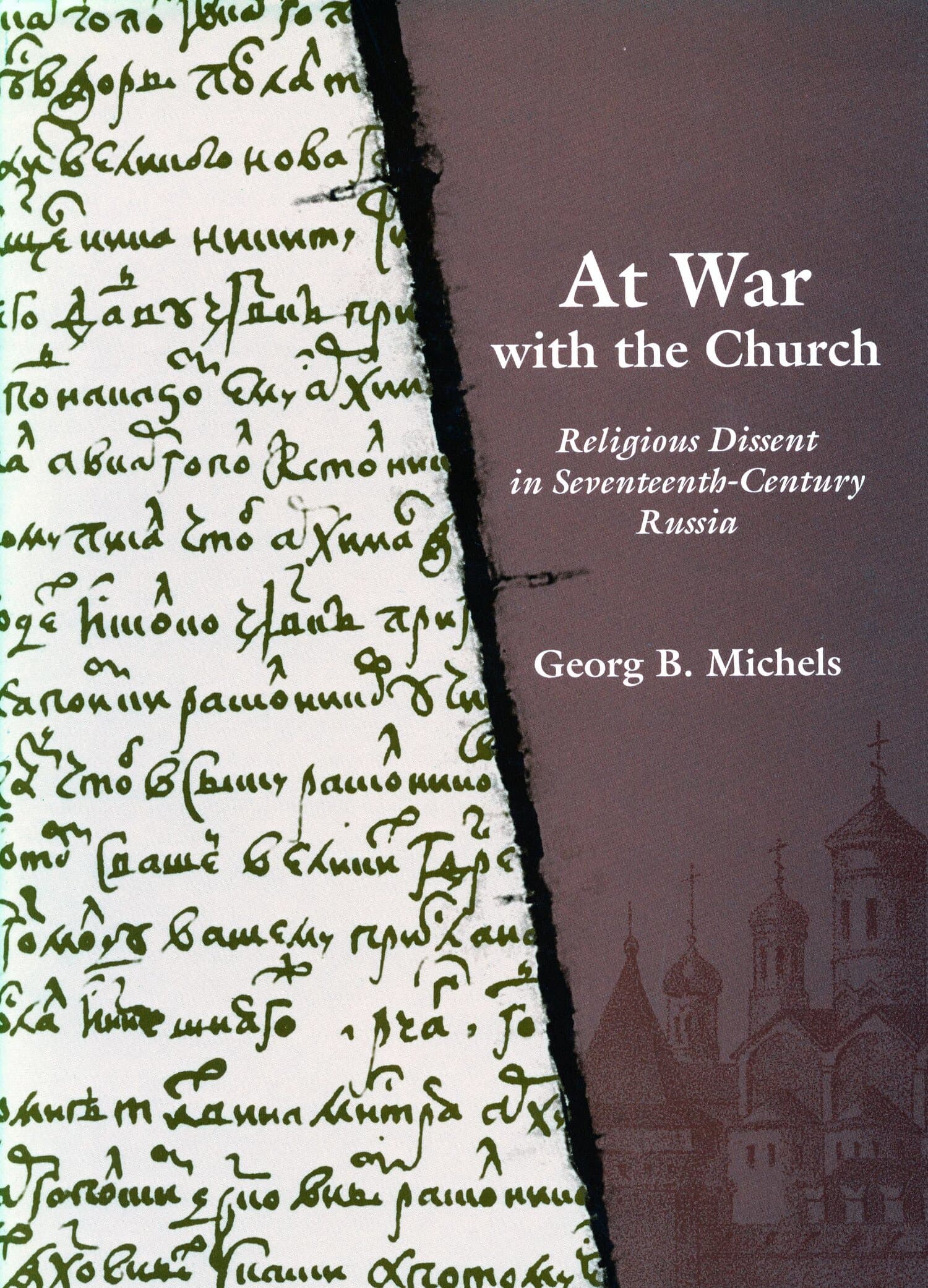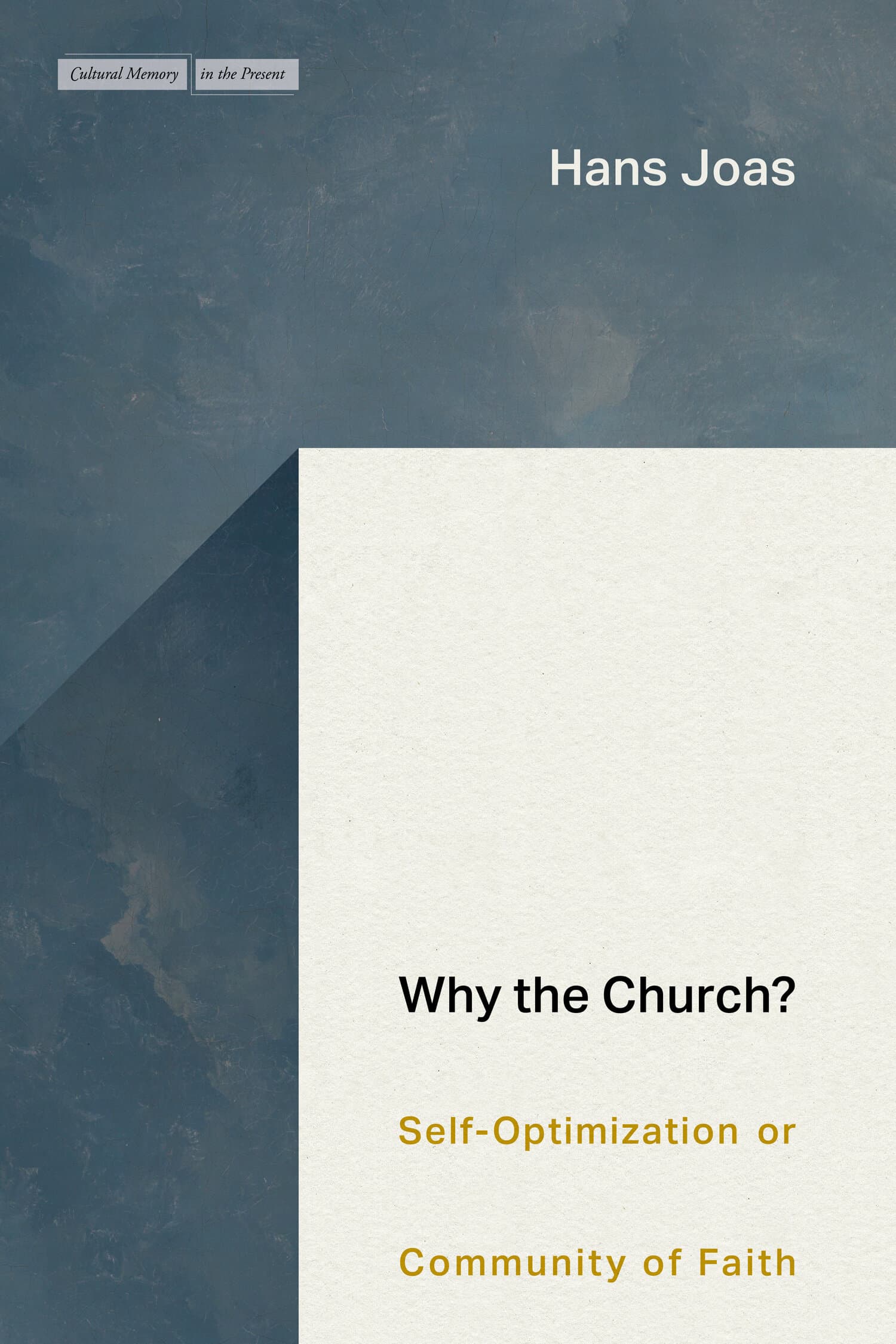At War with the Church

This detailed study examines the social, religious, and institutional conflicts accompanying the Russian Schism of the seventeenth century. By analyzing who opposed the reforms of Patriarch Nikon (1652-58) and under what circumstances, the author presents a complex and multi-faceted world of popular religious resistance that has been hidden from view for centuries.
The documentary records of Russian church and state archives—most studied here for the first time—reveal that the schism evolved in two phases. The first phase began in 1652 and encompassed the activities of Old Believer literati as well as unrelated protests by social outcasts and independent-minded individuals. The second phase began in 1666 with a systematic church campaign to enforce the Nikonian forms of worship. The author argues that the vast majority of ordinary Russians rejected Nikonian symbols such as the three-finger sign of the cross and the new service book because they perceived them as tokens of obedience to church authority, and not because they responded to the teachings of Old Believers. In fact, the book demonstrates that seventeeth-century Old Believers' literary and moralist concerns aroused little interest among contemporaries.
The Russian Schism's central feature was the assertion of religious autonomy by clerics and laymen. Countless small, locally endowed hermitages and a few larger monasteries, having never been integrated into the church's institutional structure, were now in revolt; monks and nuns living outside of official monasteries preached heterodox ideas and violence, or founded alternative communities in the forests; defrocked and unemployed priests, deeply hostile to the church, participated in local uprisings; and a number of parish priests defended themselves with force against attempts to depose them. Manifestations of lay dissent included attacks by peasants and brigands on church representatives in Siberia and at Lake Onega; group suicides; quasi-Protestant quests for religious salvation by individual peasants and artisans; and underground religious networks sponsored by Novgorod and Pskov merchants.
The book provides a thorough reassesment of the Russian Schism, relying primarily on archival documents and thus departing from the traditional focus on Old Believer writings and biographies.
"Georg Michels's fascinating book on the Russian Church Schism bristles with interpretive originality and challenges to accepted wisdom. Astounding in its source base, the book carries through on its promise to provide a thorough reassessment of the Russian Schism. For specialists and nonspecialists alike, this innovative account of religious dissent in Russia affords an intriguing comparison to the more familiar Protestant radicalism of the West. . . . The magnificent contribution of this intelligent and engaging book is that it holds so much material and offers so many ideas that it could form the basis of several very different books. Readers should be enjoying it, mining it, and arguing with it for years to come."—Journal of Modern History
"A highly original and revisionist study that is derived from a Harvard Ph.D dissertation, M.'s meticulous book is a valuable and important addition to the literature on religious dissent, lay piety, and church-state relations. At War with the Church has the great merit of offering readers a refreshingly new approach to an old problem"—J.-Guy Lalande, St. Francis Xavier University




